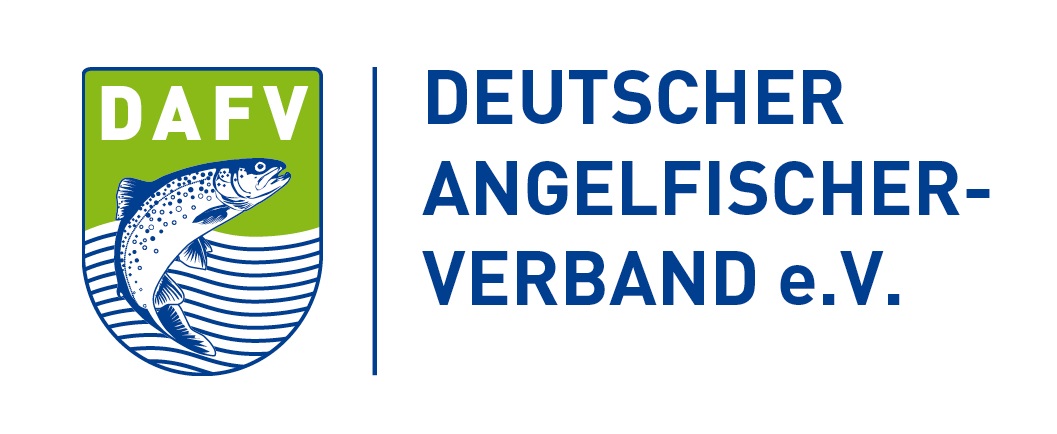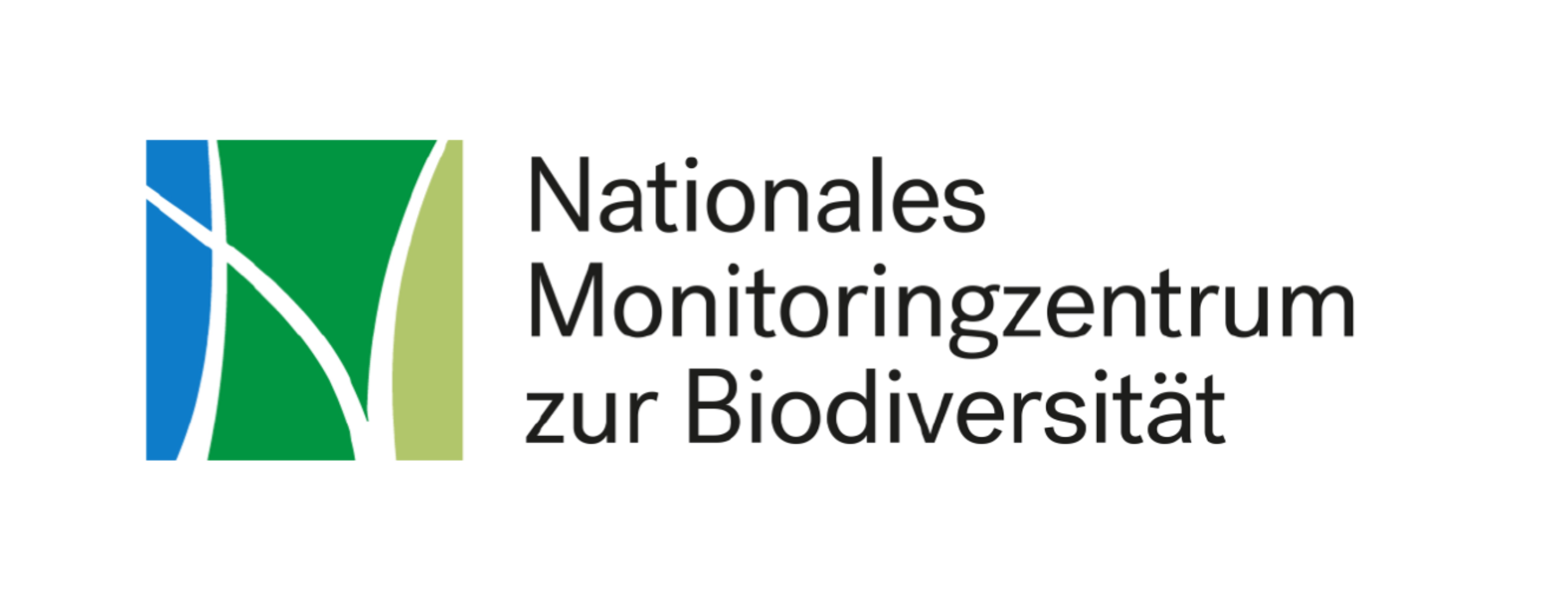FAQ - Frequently asked questions
-
What is citizen science?
Citizen science refers to the active involvement of community members in scientific research projects. Due to the development of digital information technologies, citizen science is currently experiencing an upswing and is becoming established in many scientific disciplines (see online portal https://www.mitforschen.org/). Citizen science already has a long tradition in nature conservation and biodiversity research. Volunteer researchers in the EU provide around 80-90 percent of biodiversity-related data for environmental research every year. Further information can be found here: Bonn et al. 2022, Citizen Science White Paper 2030 Strategy 2030 for Germany, https://osf.io/preprints/socarxiv/ew4uk.
iDiv-Clip: Explore your world - explore Citizen Science -
Who is in charge of citizen science freshwater research on the scientific side?
FLOW was initiated by scientists from the Helmholtz Centre for Environmental Research Leipzig (UFZ) and the German Centre for Integrative Biodiversity Research (iDiv) Halle-Jena-Leipzig. The UFZ and iDiv team is analysing the FLOW data on the ecological status of the sampled streams together with interested participants. At the same time, we analyse the data quality of the FLOW project and its effectiveness in sustainability education.
-
What is a project group?
A project group consists of at least five (preferably 8-15) FLOW project participants (school class, regional NGO group, etc.) working together under a group name of their choice. One or two people from this group with experience in ecology/aquatic ecology act as group leaders and prepare all participants in terms of content so that everyone can carry out the stream assessment together. During the stream assessment, different teams are formed within the project group to carry out the three different stream monitoring methods.
-
Can individuals participate?
The FLOW monitoring is designed as a team-based scientific project. Individuals cannot carry out the research work necessary for stream assessment alone. Mutual support and discussion of individual activities and results is very important. Participation in the project is also intended to promote networking among the participants. For these reasons, individuals cannot participate in FLOW-Monitoring on their own. Interested people can join existing project groups or set up a local project group themselves.
-
When and how can I register my group for the project?
In January, February and March 2025, online and onsite training sessions on the FLOW project will be held again for new groups. If you would like to take part, please sign up for our newsletter on this website under ‘Home’. If your group already has a good knowledge of macrozoobenthos identification and aquatic ecology as well as the necessary field materials, a later entry into the project can be arranged with the FLOW team until May 2025. For individual arrangements, please contact the FLOW team (
This email address is being protected from spambots. You need JavaScript enabled to view it. ). -
By when should the project group be assembled?
The stream assessments take place between April and the beginning of July. To prepare for the monitoring event, the group leaders organise a preparatory meeting with the group in advance (at least 1 week before the stream assessment). The group should be assembled by this time at the latest. However, we recommend that the group be assembled by the end of March.
-
How is the data transmitted?
The monitoring results are recorded in the field using protocols (paper & pencil). The results are entered and analysed using the FLOW web application. From December 2023, the web application will also be usable in offline-mode so that the data can be digitally documented in the field and later synchronised with the FLOW database with internet access. The results will be presented on a map of Germany so that all project groups and interested actors will have a spatial overview of the results.
-
How much time does it take to participate in the project?
As a participant of a FLOW group, you will attend a preparatory meeting and a monitoring event (duration approx. 6 hours). At the preparatory meeting, you will be assigned to one of the following teams: Hydromorphology team, chemistry team or biology team (= macrozoobenthos team). You will then prepare independently for the corresponding tasks with the help of learning quizzes, video tutorials, protocols, etc. As a group leader, you will prepare your local project group for the stream assessment and organise the field work (see this link for details). It is important that each group is accompanied by an experienced person who is familiar with macrozoobenthos identification.
Aufgaben der Gruppenleitungen -
Which school subjects are suitable for participation in the FLOW project?
There are many content-related links to the subjects of biology and geography (e.g. curriculum for Year 9 and Year 11). The project is designed to encourage an interdisciplinary approach. Further evaluation and working materials (FLOW activity booklet) will be provided free of charge to all participating groups. There is also the opportunity to attend the annual project conference in the autumn with other project groups.
-
Is there a special duty of supervision during the field excursions?
The excursions as part of the FLOW monitoring project do not differ from other school excursions in terms of the duty of supervision, i.e. schools, clubs and associations assume responsibility for the participating young people or pupils by accepting the conditions of participation.
-
What criteria should the stream sample sites meet?
The following criteria should be met:
- Catchment area size of 30 square kilometres or less
- agricultural environment or near-natural reference site
- point sources such as sewage treatment plants or gravel pits and ideally no urban influence in the vicinity
- Minimum flow velocity: 0.1 m/sec (please do not select stagnant water bodies)
- Streams in urban areas can be investigated if macrozoobenthos is present, but may not be considered in our studies.
-
How can I find out if the selected stream site meets the FLOW criteria?
You can use Google Maps to get an overview of the stream’s surroundings. For a rough estimate of the catchment area, you can usually find information about the stream’s catchment area by searching the Internet. It is important to note that only the catchment area upstream of the sample site should not exceed 30km2. Please send the coordinates of the approximate sample site to the FLOW team (
This email address is being protected from spambots. You need JavaScript enabled to view it. ). In this way we can help you to select the sample site. Each group will create their sample site in the FLOW web application before the start of the field season. Each proposed sample site will then be checked and approved by the FLOW team. -
What field materials are needed to carry out the stream assessment?
The necessary materials are provided free of charge by the FLOW project (loan for duration of project participation). These include the FLOW action booklet explaining the monitoring methods, protocol sheets and the macrozoobenthos identification booklet, and field equipment such as a stereomicroscope, a landing net, tweezers and a water analysis kit. If your group has not already organised the field materials themselves, the materials will be sent by post or can be borrowed from a nearby group. Prerequisites for the use of our material kits are participation in the FLOW training courses and the collection of usable data on the ecological status of your stream site.
-
What macrozoobenthos identification skills are required?
Each project group should have one or preferably more people who are able to identify benthic invertebrates (macrozoobenthos) to at least family level. More detailed knowledge is an advantage. Identification should be at least to family level so that the taxonomic data can be analysed using a bioindicator. The project has so far focused on streams in agricultural catchments and uses the SPEARpesticides indicator to assess stream pesticide exposure. Further bioindicators will be added in the future to analyse other stream stressors.
Infos zum Bioindikator SPEAR -
Are there any project results yet?
In 2022, we published our first publication on data quality in the FLOW project, based on monitoring results from 2021. The conclusion of the evaluation is that citizen scientists can collect high quality data on macrozoobenthos, pesticide pollution and stream hydromorphology. This is provided that all groups leaders attend training courses on the FLOW protocols and macrozoobenthos identification and that all participants are well prepared and accompanied during fieldwork by an experienced mentor (with good identification skills). FLOW data can then be used to complement official monitoring.
In 2024, we published our second publication on the results of the FLOW monitoring in 2021, 2022 and 2023. This study shows that the macrozoobenthos community is altered by pesticide inputs in about 60% of the agricultural streams analysed (n=101). The majority of the streams analysed (in agricultural, urban and other areas) also showed an unsatisfactory hydromorphology.
A further study on the effects of the FLOW project on participants’ knowledge, skills and behaviours will be published shortly.
Link to publication














